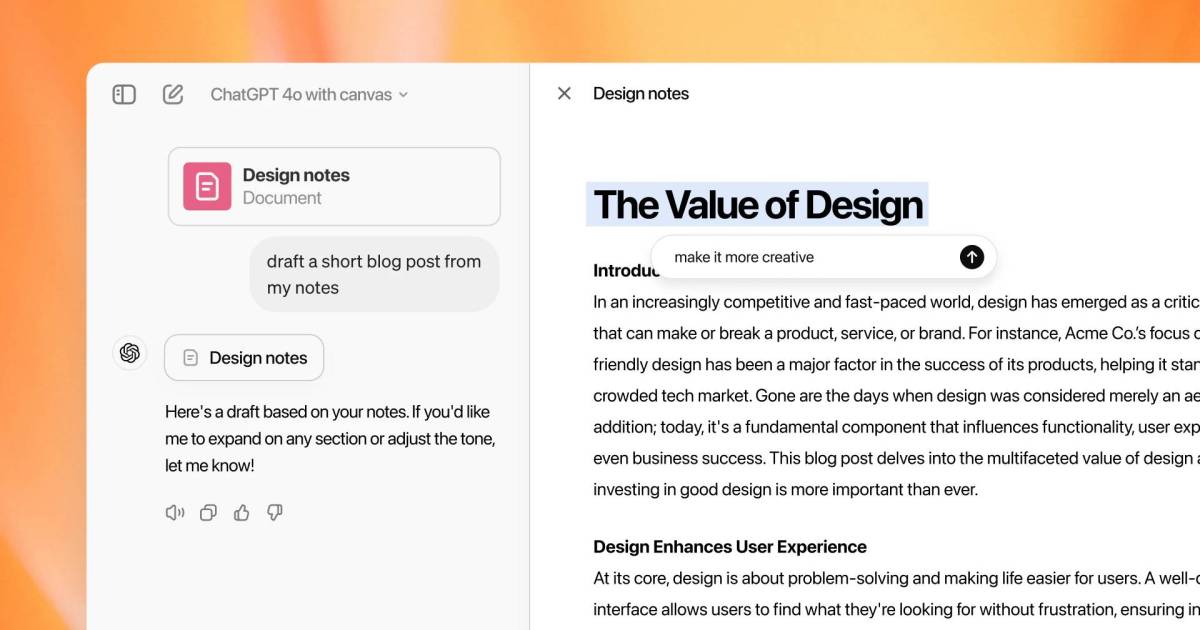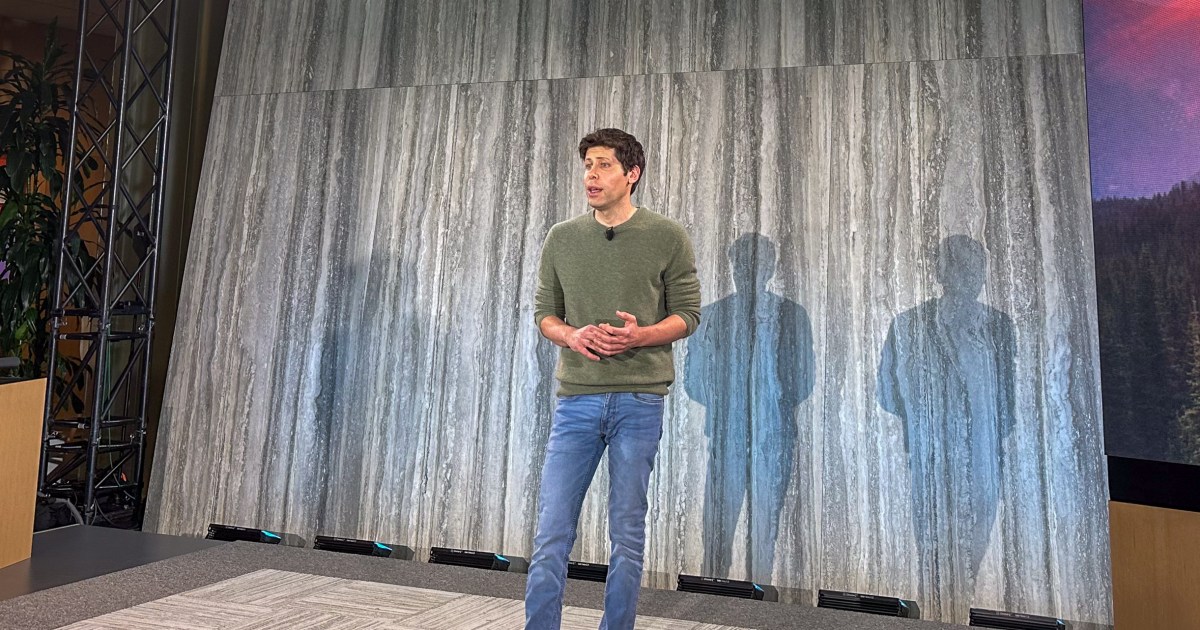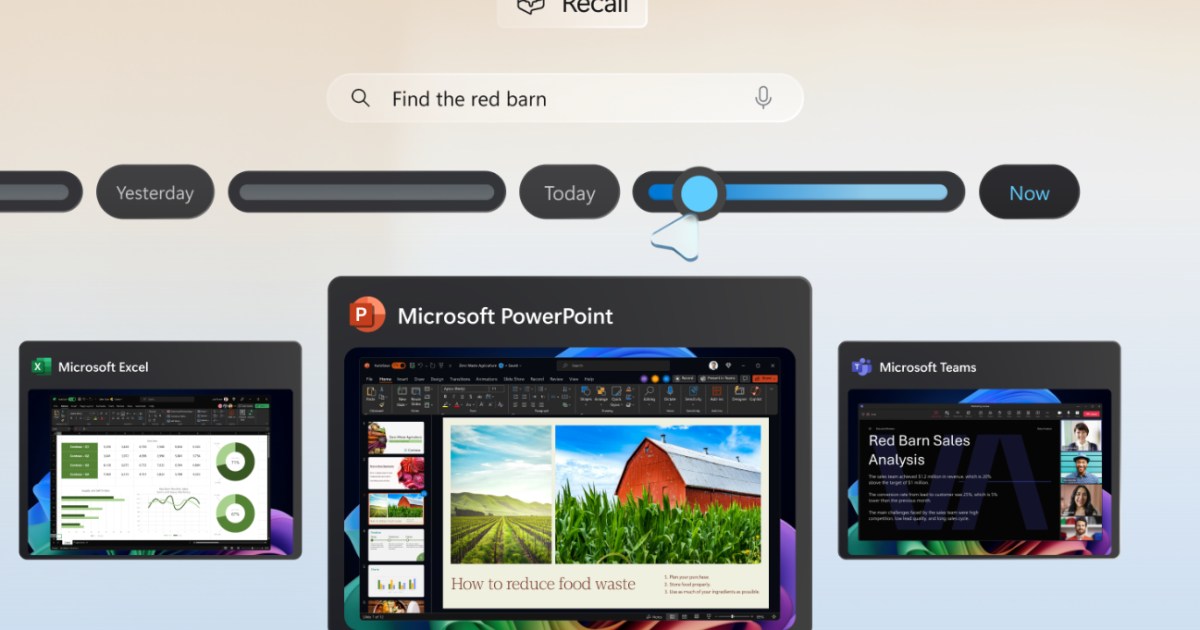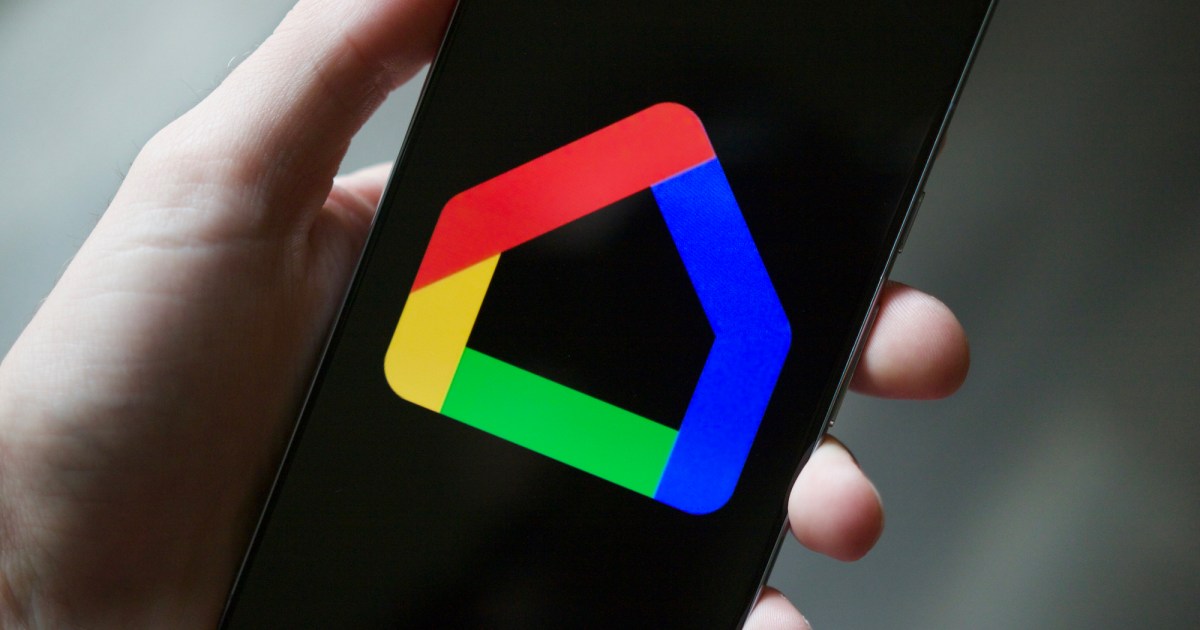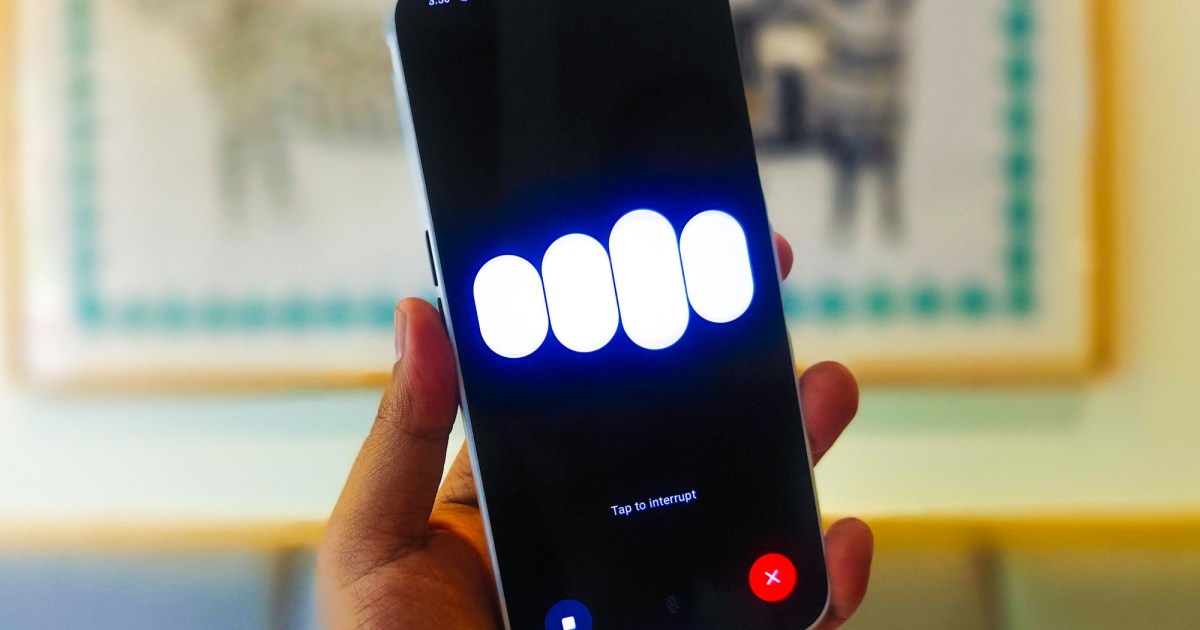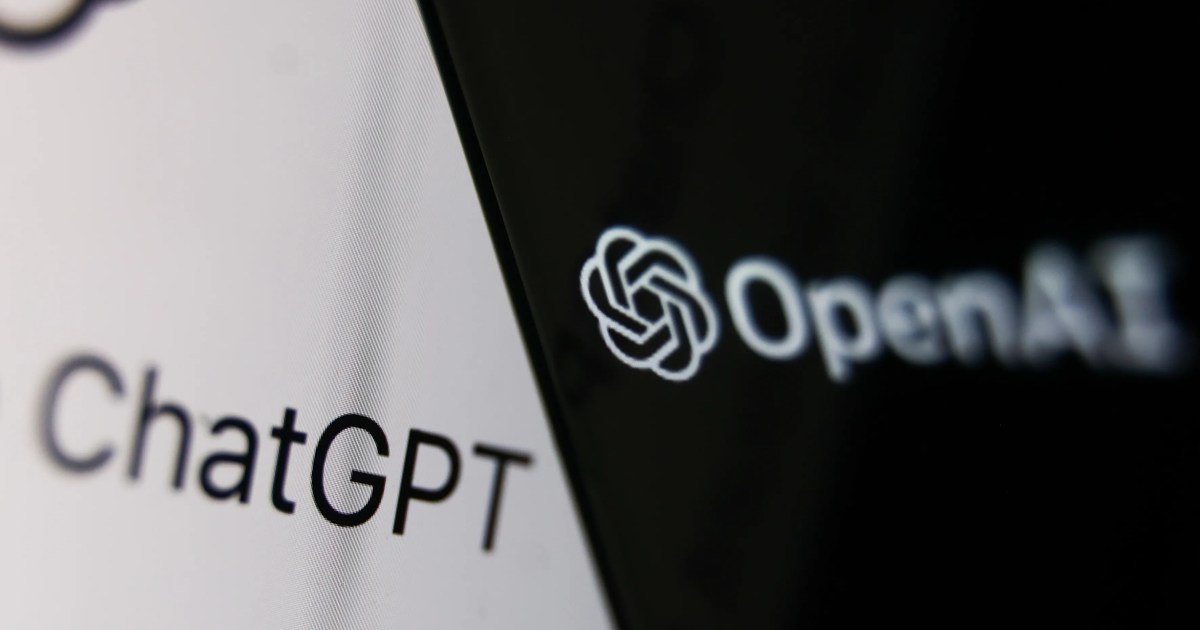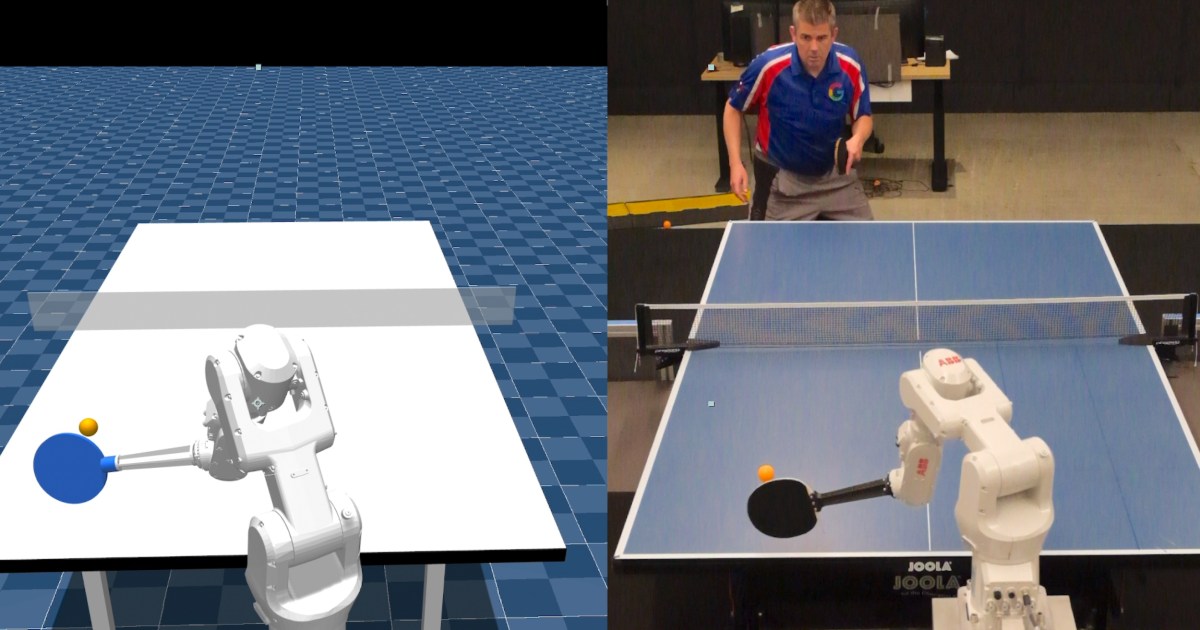OpenAI recently unveiled Canvas, a new collaborative interface for ChatGPT, following a substantial $6.6 billion funding round. This beta feature promises to revolutionize how users interact with the AI chatbot, moving beyond simple chat interactions to facilitate more complex writing and coding projects.
Canvas: Redefining ChatGPT Collaboration
Karina Nguyen, Canvas research lead, highlighted the transformative nature of this new interface in a post on X (formerly Twitter). She described Canvas as “a new interface for working with ChatGPT on writing and coding projects that go beyond simple chat,” emphasizing a fundamental shift in human-AI collaboration. This separate window, reminiscent of Claude’s Artifacts window, provides a real-time view of ChatGPT’s output, distinct from the chat stream. According to OpenAI, Canvas launches automatically when the AI detects a scenario where it could be beneficial.
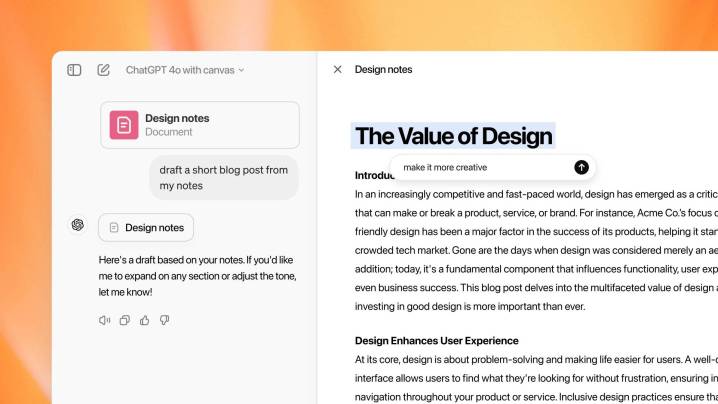 ChatGPTCanvas offers a dedicated workspace for managing ChatGPT’s output, separate from the chat interface.
ChatGPTCanvas offers a dedicated workspace for managing ChatGPT’s output, separate from the chat interface.
Enhanced Features for Streamlined Workflows
Canvas empowers users with inline feedback capabilities, allowing them to provide specific comments on individual lines or the entire generated content. Highlighting sections of code or text directs ChatGPT’s attention for revisions, while direct editing functionality offers further control. The interface also enables users to task ChatGPT with researching specific topics online and integrating the findings into the ongoing project.
Streamlining Tasks with Shortcuts
A dedicated shortcuts menu within Canvas provides quick access to common tools. These include suggesting edits, adjusting output length or reading level (from kindergarten to graduate student), debugging code, adding emojis, and applying a “final polish” to check for grammar, clarity, and consistency. For coding tasks, a separate shortcut menu offers tools like Review Code, Add Logs, Add Comments, Fix Bugs, and Port to a Language, supporting translation between JavaScript, TypeScript, Python, Java, C++, and PHP.
Availability and Future Access
Currently in beta, Canvas is initially available to ChatGPT Plus and Teams subscribers. Access for Enterprise and Education users is expected the following week, with free users gaining access once the beta phase concludes. This staggered rollout allows OpenAI to gather user feedback and refine the interface before broader release.
Conclusion: A New Era for Human-AI Collaboration
Canvas represents a significant advancement in human-AI interaction within ChatGPT. By providing a dedicated workspace, enhanced feedback mechanisms, and streamlined tools, OpenAI is empowering users to engage with the AI in more sophisticated and collaborative ways. This evolution promises to enhance productivity and creativity across various writing and coding projects, ushering in a new era for human-AI partnerships.



